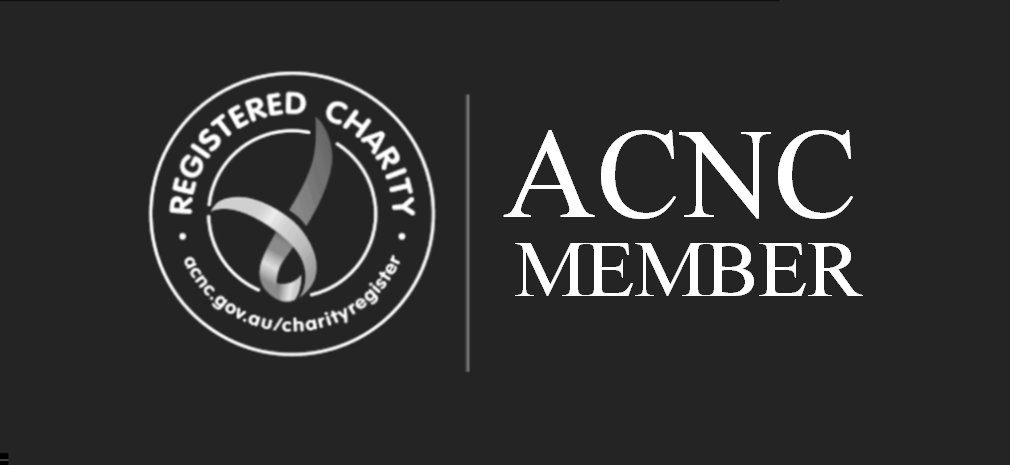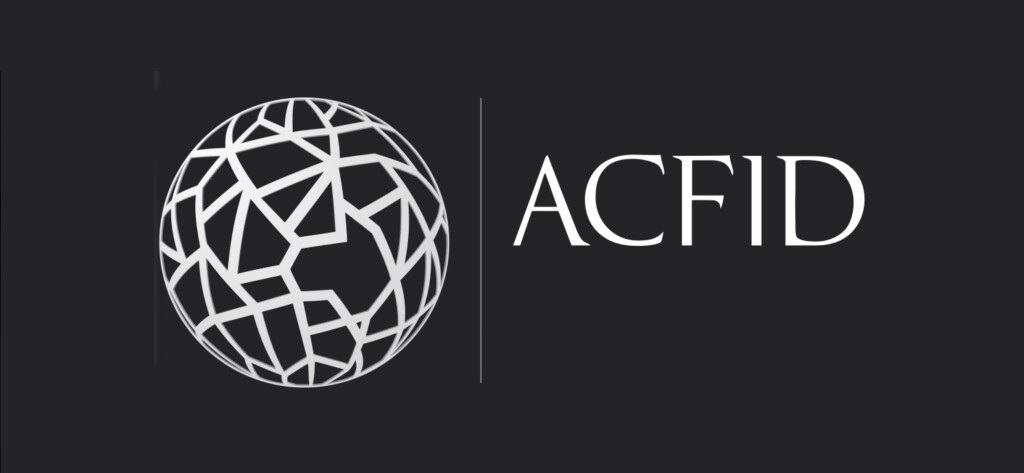.
Commitment 4.1 We articulate clear strategic goals for our work.
Compliance Indicators
Compliance with the Commitments will be assessed against the following Compliance Indicators. All of the applicable Compliance Indicators must be met by every ACFID Member to be considered compliant with the Code. Each of the Compliance Indicators has one or more compliance Verifiers. Verifiers are the description of evidence that is required to substantiate compliance with each Compliance Indicator. Guidance is also provided.
4.1.1 Members have stated vision, mission, values and an organisational strategy.
Verifier
- Documented vision, mission and values.
- Documented organisational strategy or plan.
Guidance
Your vision, mission and values could be developed through a consultative process involving governing body members, staff, volunteers and the views of other stakeholders such as partners. They could be documented in internal policy or manuals, used in staff induction, displayed in your office in poster form and printed in newsletters and annual reports. You could also have them displayed on your website.
Depending on the size of your organisation and scope of work, your organisational strategy or plan could range from a short, simple document developed by your own staff, through to a long, comprehensive document developed with the help of an external facilitator. It could include an outline of your high-level objectives for a set period of time with associated strategies to achieve the objectives and indicators of progress or a description of how you would measure your progress towards achieving your objectives.
In the Resources Section below, there are links to different tools that can help you to develop a strategy.
4.1.2 Members’ initiatives are clearly linked to their organisational vision, mission and values.
Verifier
Guidelines, tools or templates which require or initiatives which consistently show a linkage to the organisation’s vision, mission, values or strategy.
Guidance
Your guidelines, tools or templates could include: design template, appraisal/selection criteria for the assessment of initiatives or partner organisations that requires consideration of whether proposed initiatives demonstrate a linkage to your vision, mission, values or strategy. and for partners, whether their values and strategies are aligned with your own.
Download and read ACFID’s guidance on Planning, Monitoring, Evaluation and Learning (PMEL) from the resources section below for some guidance on considering you organisations vision, mission and values in the project design processes.
Good Practice Indicators
The following Good Practice Indicators describe a higher standard of practice than that set out in the Compliance Indicators. While Members do not need to meet the Good Practice Indicators to be considered compliant with the Code, they will self-assess against these indicators once every three years. This provides a clear pathway for Members to strengthen and improve practice over time.
- Materials outlining vision, mission and values, are available to partners and primary stakeholders in accessible forms.
- Information on vision, mission and values and organisational strategy is provided during induction or other training with key personnel and partners.
- Progress against performance indicators in the organisational strategy and alignment with their vision, mission and values is reported to the governing body.
GUIDANCE AND RESOURCES
Good Practice Guidance
Here are some practical suggestions for your organisation to further deepen and improve practice over time.
Organisational
- Implement internal processes for reaffirming or revising your vision, mission and values, involving governing body members, staff, volunteers and key stakeholders such as partners.
- Include a discussion of your organisation’s vision, mission, values and strategy in staff induction
- Ensure that job descriptions at all levels of your organisation include the responsibility for communicating your vision, purpose and values to relevant and appropriate stakeholders. Hold staff accountable to this responsibility in performance reviews
- Align job descriptions with your organisation’s strategy and include relevant performance targets aligned to the strategy
- Make the vision, mission, values and strategy of your organisation visible in your office, for example, in staff bulletins, posters and on notice boards
- Develop a formal policy that commits your organisation to communicating your vision, mission, values and strategy to stakeholders
- Make the policy publicly available to stakeholders to demonstrate your accountability
- Undertake a mapping process to identify all stakeholder groups to whom your organisation seeks to be accountable
- Undertake periodic reviews of your organisation’s consistency with its vision, mission and values and how it effectively enacts them. Make the findings of this review publicly available through your website and other mediums.
- Undertake periodic reviews of your organisation’s implementation of its strategy and make the findings of this review publicly available through your website and other mediums.
- Report to supporters on progress against the performance indicators in your organisational strategy or plan and alignment with your vision, mission and values.
- Management and the governing body review vision, mission and strategy documents according to an agreed schedule over a period not exceeding five years.
Partners and external stakeholders
- Clearly communicate your vision, mission and values to partners, community members and other stakeholders in an accessible manner
- Distribute printed materials in English and local languages or use images that outline your vision, mission and values to potential partners, community members and other stakeholders, for example on community notice boards and at community meetings
- Outline your vision, mission and values in partner agreements
- Explicitly consider your partners’ vision, mission and values when assessing partners in order to ensure your compatibility and alignment, particularly where the partner will directly implement shared development activities.
- Clearly communicate your organizational strategy with partners, community members and other stakeholders in an accessible manner.
- Explicitly consider your partner’s strategy to ensure your compatibility and alignment, particularly where the partner will directly implement shared development activities.
- Request feedback from partners and stakeholders on how they assess your own adherence and commitment to your vision, mission and values in your policies and practice.
Programs
- Include specific questions on how development activity aligns with or contributes to your vision, mission, values and strategy in your project planning and design templates
- Appraise and assess new programs or concepts according to how they align with your vision, mission, values and strategy
- Use evaluations, meetings and events to reflect on how development activities and partnerships align with and enact your vision, mission, values and strategy.
Resources
- ACFID’s PMEL Guidance Tool
- Developing an Effectiveness Framework- A toolkit for small and medium sized NGOs
- How to develop a strategic plan – a tool for NGOs and CBOs
- How to do Strategic Planning for small NGOs
________________________________
DAISI’S Commitment to Principle 4.1 WE ARTICULATE CLEAR STRATEGIC GOALS
- DAISI through consultation with its members, executive and stakeholders, has a clearly stated vision, mission, values and goal, and the organisational structure to achieve this including use of the PMEL model of:
- Planning
- Monitoring
- Evaluating
- Learning
- Our vision, mission and values and goals are clearly stated in our Constitution, and also in our Annual Reporting.
- These are also included in staff induction, to ensure understanding and compliance.
- DAISI’s vision, mission, values and goals are also clearly visible in all forms of publicity, social media, newsletter, and our office (e.g. staff bulletins, posters, notice boards, and email signatures).
- These are also clearly communicated with our partners and stakeholders.
- Progress against performance indicators is used wherever possible and periodically reviewed at AGM and board meetings.
- Job descriptions at all levels include the responsibility for communicating DAISI’s vision, purpose and values to relevant and appropriate stakeholders.
- Our appraisal of projects and all activities always comes back to an assessment of how well these are contributing to DAISI’s overall vision, mission, values and goals.



